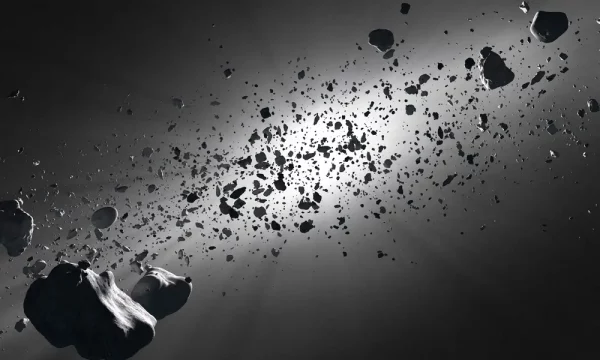
Asteroid Hunt: Where Are Most Asteroids Found in The Solar System
Last Updated: February 8, 2023
Asteroids are among the solar system’s tiniest objects, but some are the size of moons or dwarf planets. Despite their versatility in size, asteroids are essential because they can tell us how our solar system formed, influenced our planet’s biosphere, and carry various materials.
Some argue that they brought life to Earth through the panspermia theory. But how many are there, and where are most asteroids found? Apart from the Main Asteroid Belt, there are several other regions, but first, let’s see exactly what asteroids are!
Small Bodies, Big Impact: What Are Asteroids?
Asteroids are small, rocky objects that orbit the sun just like planets. They are occasionally referred to as minor planets or planetoids. In some instances, asteroids are merely planet remains.
Most asteroids vary in shape, size, and contents. For example, the most prominent asteroid in the solar system is Ceres, whose diameter is 946 kilometers / 587 miles. In comparison, the asteroid theorized to have wiped out the dinosaurs was only 10 km / 8 mi in diameter.
Classification of asteroids
In our solar system, there are three types of asteroids, C, S, and M types, all of which differ in size, shape, and contents. However, the prime factor of asteroid classification lies in their position in the solar system. Here, we also have three main regions where asteroids are found, namely the Asteroid Belt, the Kuiper Belt, and the Oort Cloud.
Location 1: The asteroid belt, a belt full of cosmic treasure
The Asteroid Belt is the solar system’s most known asteroid region. It is located between the orbits of Mars and Jupiter, and this is where some of the biggest asteroids are located, namely Ceres, Vesta, Pallas, and Hygiea. These four giant asteroids make up about 60% of the main belt’s total mass. However, the asteroid belt’s total mass constitutes only 3% of the Earth’s moon.
As a comparison, the diameter of the Earth’s moon is more than three times as large as Ceres. Even though many SCI-FI movies depict the asteroid belt as almost impassible by spaceships, the reality is that most of these asteroids are very far from one another, about one million kilometers / six hundred thousand miles apart on average.
Yet, even in these circumstances, collisions do occur between asteroids. The Asteroid Belt is commonly referred to as the Main Belt to distinguish it from other asteroid populations. It comprises asteroids of varying sizes, comets, and other small bodies.
C-type asteroids, also called carbonaceous, are the belt’s most common type of asteroids. Ceres is the most famous example of this type. The second most common are S-type silicate asteroids, which comprise about 17% of the belt’s asteroid population. The M-type metallic-rich asteroids are the rarest type and the primary source of iron meteorites.
The asteroid belt used to be more compact and had more mass, as in the solar system’s first 100 million years, it lost about 99.9% of its original mass. This occurred due to violent collisions between the first objects in the asteroid belt, referred to as planetesimals, the tinier precursors of the protoplanets.
The asteroid belt formed out of the primordial solar nebula as planetesimals concentrations. They also failed to morph into planets due to gravitational perturbances caused by Jupiter. Nonetheless, the asteroid belt is a belt full of cosmic treasure and history, and the first asteroid mining operations will surely take place there.
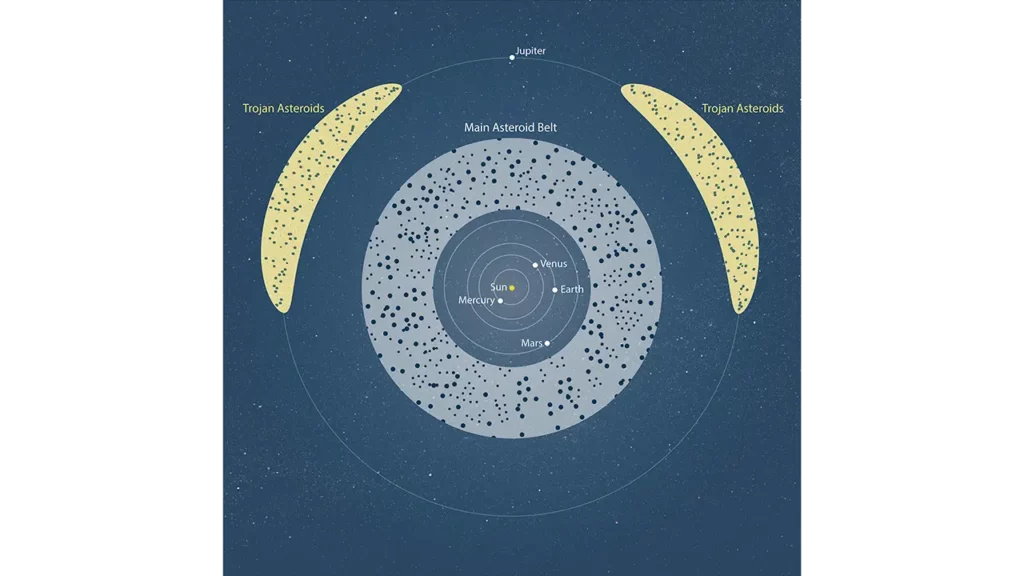
The location of the asteroid belt in the solar system. Graphic Credits: NASA, ESA, Joseph Olmsted (STScI).
Location 2: The Kuiper belt, the frozen frontier
The Kuiper Belt is about 20 times wider than the asteroid belt and between 20 to 200 times as massive. It extends from the orbit of Neptune at 30 to 50 AU from the sun. Like the asteroid belt, the Kuiper Belt comprises numerous small, icy bodies, including comets and asteroids.
This is where most of the famous dwarf planets lie, such as Pluto, Haumea, Makemake, Orcus, or Quaoar. It is also theorized that some of Neptune’s and Saturn’s moons, such as Triton or Phoebe, originated in the Kuiper Belt.
The asteroids in the Kuiper Belt are made out of rock and metal, but most Kuiper Belt objects contain frozen volatiles such as methane, water, or ammonia. Like the Asteroid Belt, the Kuiper Belt contains small bodies and remnants from when the solar system formed, and over 100,000 Kuiper belt objects larger than 100 km / 62 mi in diameter are present.
The largest and most massive object in the Kuiper Belt is the dwarf planet Pluto, which has a diameter of 2,376 km / 1,476 mi, which is slightly smaller than Earth’s moon.
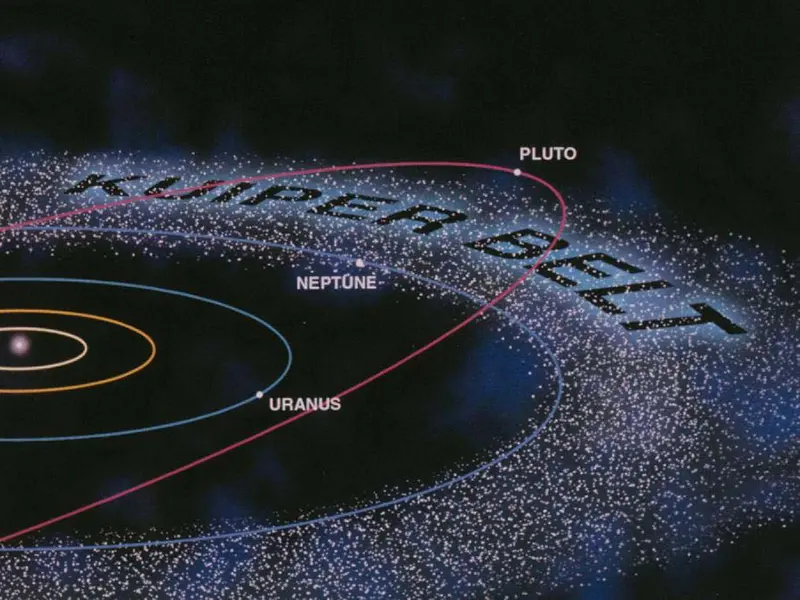
The location of the Kuiper Belt in the solar system. Graphic Credits: NASA.
Location 3: The Oort cloud, the edge of the solar system
Though the asteroid belt and the Kuiper belt are the most famous regions of asteroid populations in the solar system, since the 1950s, a third location has grown in popularity, namely the Oort Cloud.
The Oort Cloud is a hypothetical region of space located in the solar system that extends far beyond the Kuiper belt itself. It is 2,000 AU away from the sun and stretches for 200,000 AU further away, which is the equivalent of three light-years.
Many have theorized that the Oort Cloud is home to a large concentration of comets and possibly some asteroids as well. Both short-period and long-period comets are believed to originate from the Oort Cloud. Trillions of objects larger than 1 km / 0.62 mi are theorized to inhabit this region, while asteroids are believed to represent about 1 to 2% of the population.
The Oort Cloud is believed to have formed after the planets out of the primordial protoplanetary disc 4.6 billion years ago.
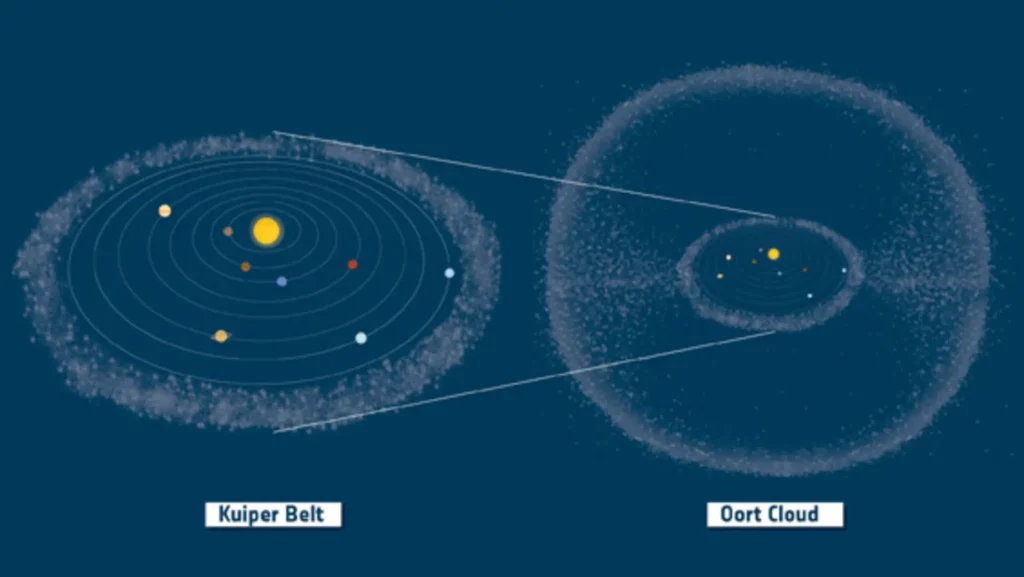
The location of the Oort cloud in the solar system. Graphic Credits: ESA.
A word on near-earth asteroid
We don’t need to venture so far as the Oort Cloud to hunt and analyze asteroids. In fact, some asteroids are closer to us than those in the asteroid belt. These asteroids are referred to as near-earth asteroids.
These asteroids come within 0.3 AU or 45 million km / 28 million mi distance away from the Earth’s orbit. Celestial objects that are larger than 140 meters / 460 feet and cross our planet’s orbit are labeled as potentially hazardous objects (PHO).
Most PHOs are asteroids, but some are comets. There are currently around 30,503 documented near-Earth asteroids and over 100 near-Earth comets. Collisions resulting from these celestial objects can cause global catastrophes, and because of this, NASA always scans the skies and keeps track of them.
The Spaceguard mission was enacted in the 1990s, and some near-Earth asteroids have already been visited by spacecraft. All the orbital positions of these celestial objects are documented in the databases of the Minor Planet Center program.
Many significant contributions came to the space program, even from amateur observers. Most objects discovered by NASA were due to the use of radar tracking data. The three classes of near-Earth asteroids are:
- Amor
- Apollo
- Aten
The Aten class consists of asteroids with an orbital period of less than one year, while the Apollo class constitutes asteroids with orbital periods greater than one year. The Amor class represents asteroids that don’t cross our planet’s orbit, but they do cross Mars’s orbit.
One of the closest asteroids that nearly hit Earth occurred this year. Nicknamed 2023 BU, this near-Earth asteroid was 3.5 to 8.5 meters / 11.5 to 28 feet across and was only 3,540 km / 2,200 mi above Earth’s surface at satellite levels.
The asteroid (153814) 2001 WN5 is an Apollo group asteroid almost a kilometer in diameter first discovered in 2001 that is predicted to pass very close to our planet in 2028.
Asteroid Mining: are they too far to reach?
Asteroids are, without a doubt, among the most fascinating objects we can study in space. As technology evolves, many hope to one day initiate asteroid mining operations. But are these celestial objects too far away for us to mine?
Near-Earth asteroids currently represent our best shot for mining operations due to their closeness to us. Asteroids located in the asteroid belt are currently too far away from us. Yet, even with these close objects, the current technical and logistical challenges involved are still keeping us away from tapping into their full potential.
Just one year ago, two near-earth asteroids were discovered in close proximity to Earth that contained more iron, nickel, and cobalt than on our planet. This is just one example out of many asteroids that could expand the Earth’s supplies. Nevertheless, the technology and infrastructure needed for asteroid mining are under development.
Among the challenges we face when it comes to asteroid mining include the high cost of spaceflight, the challenges of extracting usable material from them in a space environment, and a more accurate method of identifying asteroids suitable for mining.

Written by Hrenciuc Daniel
Hello, my name is Daniel and I am a space enthusiast. I love everything related to space and SCFI, and although I like both Star Wars and Star Trek, I believe we will find something entirely different out there. I am an astronomy writer with a passion for both history and mythology. Each star has its tale. Let me tell you their story!
Wow! There's more to read 🚀
This page is part of our collection of articles about astronauts. If you enjoyed the read, then you’ll love the following articles.
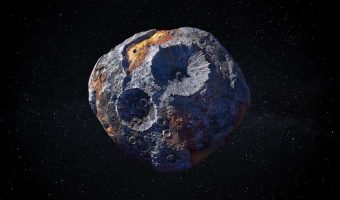
We all know of the Sun, that bulky mass of light and heat. But how exactly does the sun produce heat? And just how hot is it?
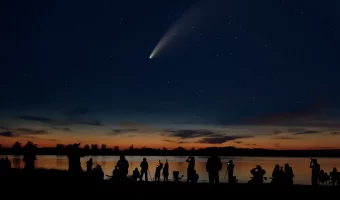
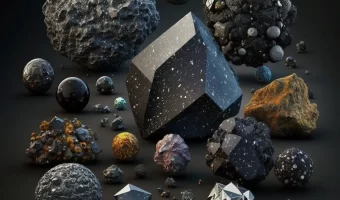
Explore the different types of meteorites, including stony, iron, and stony-iron. Learn about their characteristics and origins in this comprehensive article.
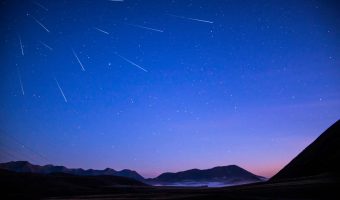
One of the most beautiful aspects of stargazing is looking up to see shooting stars (also known as falling stars) streaking across the night skies.
